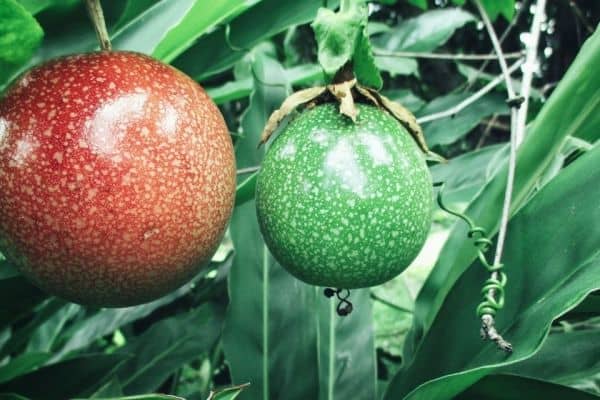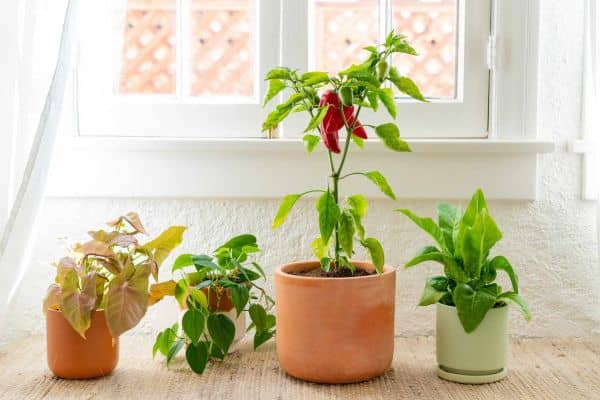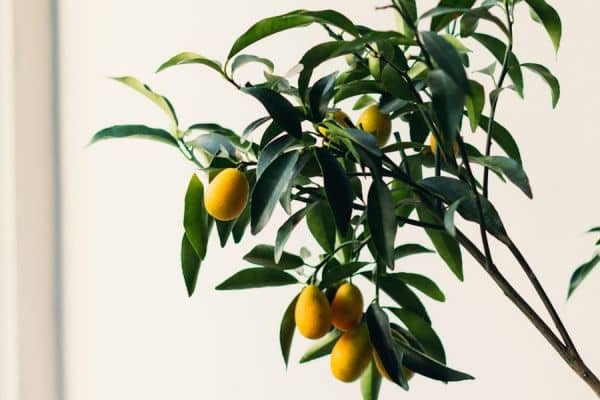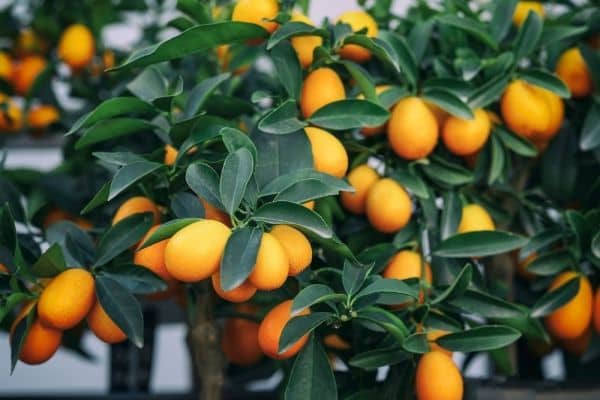These days people are obsessed with growing Indoor fruits. Not only indoor plants but also indoor growing plants have gained a lot of popularity because of their space restrictions, change in lifestyles, and also help to get fresh fruits and year-round harvest.
There are several benefits of growing indoor plants in our home or room. You can place your indoor fruits in a greenhouse, in a cool basement, or on a sunny windowsill. indoor fruit growing ideal would be worth it and growing indoor fruit plants is also an ideal idea. So here are some of the useful tips you can adopt in plating indoor plants.
Choosing the Right Container
If you are thinking of growing indoor fruits then you must be clear about what fruits you are going to grow and always choose a large, good container with a proper drainage hole to accommodate root growth and prevent waterlogging. Breathable materials containers would be the best options like clay or ceramic. If you are using a smaller plant, then you can grow for a couple of years in an 8-inch pot but if you are using the big varieties of fruits then you may need 36- or 48-inch-wide pots. In the same way, there are many options for choosing the right container, Terra cotta, stone, and ceramic fruit containers are durable but heavy to lift. Wood fruit containers are lightweight but can rot over time. However, there are many other options available in the market such as synthetic materials, such as plastic, polystyrene, and other modern composites. These synthetic materials do have many advantages these products are lightweight, long-lasting, and fabricated to resemble many kinds of materials. But make sure that, your container has a proper drainage hole to Prevent root rot.
Mixture of Soil
Mixing of soil plays a vital role in plating plants whether it is indoor plants or outdoor plants. Some of the important ingredients that you need for proper growing of your indoor plants are Peat Moss, Perlite, Compost, Organic Matter (optional), Coconut Coir (optional), and Vermiculite (optional). Besides this, some of the plants need acidic soil for their proper development, considering a pH level between 5.5 and 7. Depending upon the size of the container you need to adjust the quality of the soil. In the phase of mixing, you need to combine the peat moss (or coconut coir), perlite, and compost in the desired proportions. Once the mixture of soil is done, you need to test its moisture level and texture by squeezing a handful of soil. For the proper soil mixture, you need to hold it together when squeezed but crumble easily when touched.

Planting
Proper plating for indoor growth is necessary for the proper growth of indoor fruits, at first what you need to do is fill the bottom of the container with a good layer of potting mixture and leave enough space for the root ball of the plants. You need to carefully take the plants out from the nursery container and make sure that you are not damaging the roots while taking them out. In a similar stage, you need to firmly press the soil around the base of the plants to secure it in place and eliminate the air pockets. According to the specific planting instructions for each fruit’s variety you need to plant your fruit seeds, seedlings, or transplants in the prepared soil.
Watering
Water is the most important thing that is needed for plant growth and development. While watering the plant check the moisture level of the soil regularly by injecting your finger into the soil up to the first knuckle, then if you feel that the soil is dry at the depth you need to water it. Another main thing you need to keep in mind is that while watering the indoor plants you need to make sure that water reaches into the root zone until and unless you see excess water draining from the drainage hole. Overwatering is the main and common problem faced by indoor gardeners, over water can lead to root rot, fungal diseases, and other issues. Always use room water temperature cold water can shock the roots of the plants while hot water can damage them so while watering the plants you must water it with room temperature water. While planting the new baby fruit plants water them thoroughly to settle the soil around the roots, while watering them monitor the moisture of the soil and water as needed but do not waterlog.

Fertilizing
Choose the right fertilizer to promote healthy growth and for better indoor fruit production. Always use a balanced fertilizer with the formula of 10-10-10 or 20-20-20, nitrogen (N), phosphorus (P), and potassium (K). Organic fertilizers from natural sources can also be best for growing plants, the organic fertilizer sources are compost, fish emulsion, seaweed extract, or bone meal. In the same way, liquid fertilizer is the simplest and easiest way to apply the fertilizer, they can be diluted in water and applied directly to the soil or sprayed onto the foliage. Always fertilize indoor fruit plants in the growing season, but you need to restrict and avoid over-fertilizing indoor plants, which can lead to nutrient imbalances, salt buildup in the soil, and damage to the plant roots.
While applying the fertilizer, fertilize around the base of the plants, and avoid contact with the stems or foliage.
Root Pruning
For managing the root systems of indoor fruit plants, root pruning is done, especially those grown in containers. Root Pruning is usually done when plants are in the dormant or semi-dormant phase. When you notice that the plant root has been root-bounded and filled the container with roots then root pruning is mainly done. A day or before make sure to water the plant thoroughly to ensure the soil is adequately moist but not waterlogged. While doing this make sure that you use a clean, sharp pair of pruning shears of roots cutter knife. After cutting, carefully remove the plants from their container, and gently Tap the sides to loosen the root ball. After this use the pruning shears or a knife to trim away those excess roots focusing on those growing along the outer edge of the root ball. But make sure that you don’t over-cut the roots by removing more than one-third of the roots mass at once, well this can stress plants and also it can affect their overall health. After root pruning is done, repot the plant in a larger container with fresh potting soil. After you put it back in the container, fill the space around the root ball with fresh potting soil and gently press the soil around the base of the plants to avoid air pockets. Water the plants and hydrate the roots.

FAQs
Q. Why is Root Pruning done?
Root Pruning is especially done for managing the root systems of indoor fruit plants.
Q. What is the 10-10-10 or 20-20-20 formula?
10-10-10 or 20-20-20 is a formula that is used for balance fertilizer which includes, nitrogen (N), phosphorus (P), and potassium (K)
Q. What is the main mixture of the soil?
The main mixture of the soil is Peat Moss, Perlite, Compost, Organic Matter (optional), Coconut Coir (optional), Vermiculite (optional)
Also Read: 6 Surprising Facts About ‘No Demo Reno’ Host Jennifer Todryk That Will Amaze You
